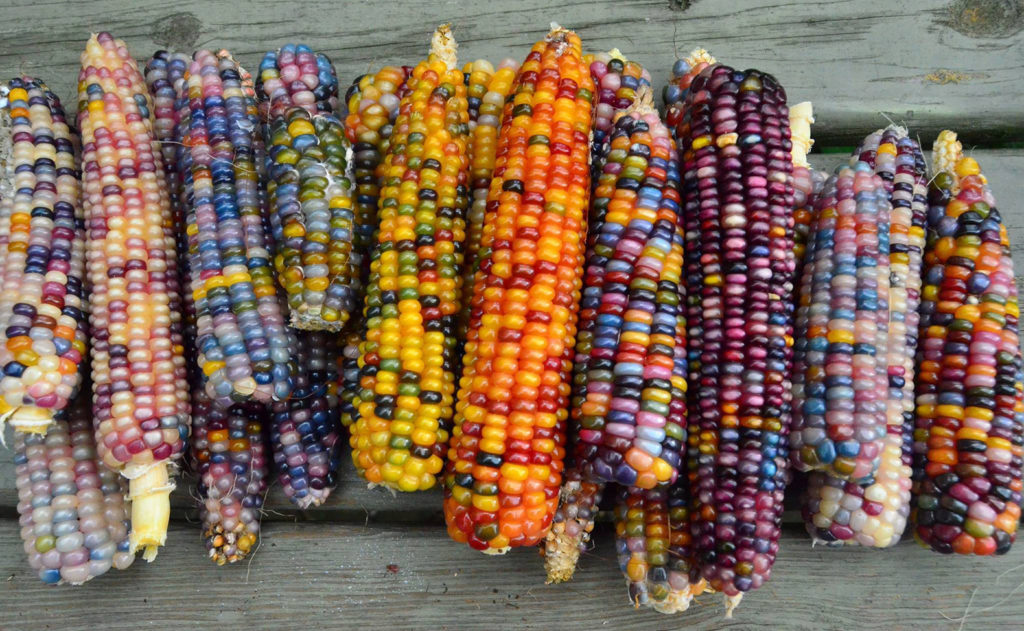In the previous post, we looked at the prevailing belief that the terraced structures at Moray with their microclimates that mirrored those found throughout the empire and the presence of different soil types not native to the region served the Inkas as an agricultural testing ground. While that is the prevailing, and perhaps, the consensus hypothesis, it’s not the only interpretation available.
Or was it a ceremonial site?
The strongest scientific evidence that the site was ceremonial in nature comes from a study led by a pair of American hydrologists, Kenneth and Ruth Wright, who were joined by Alfredo Valencia Zegarra – a Ph. D in Archaeology and Anthropolgy – and Gordon McEwan also a Ph.D. in Anthropology. Their conclusions were published by the American Society of Civil Engineers in the book Moray: Inca Engineering Mystery.
Their paleo hydrologic study includes a detailed analysis of the drainage channels and the soil at Moray. They assert that these channels were not built to irrigate farmland. Rather, they conclude that the terraces, aqueduct foundations, and drainage conduits served a dual purpose. First, they stabilized the steep slopes. Second, they controlled the flow of water from nearby springs down to the lowest level of the sinkholes. Thus, they could, in an act of sacrifice and worship give PachaMama, the Earth Mother, a large drink of water when circumstances or the calendar so required.
As there is with the agricultural interpretation, there’s an underlying logic to their idea. All of the areas that became part of the Tawantinsuyu had cultures that long predated the Inkas. As they conquered and assimilated these various civilizations, they simply acquired new domesticated crops and agricultural practices and therefore had little need for such experimentation.
Much like getting a 64-year-old man of dubious physical fitness who lives at or near sea level to be comfortable at high altitudes, growing a potato that has been domesticated to grow at an altitude of 1,200 meters, to flourish above 3,000 meters requires making an adjustment of some sort to the potato. Farmers can use two methods to generate such a change – selective breeding and acclimatization.
The former uses natural genetic variation. Some plants will have a random mutation that fits the new environment. By selecting the plants that best survive and replanting them season after season the adaptive gene passes to more and more of its offspring. Each succeeding generation bears more of the genetic material that allows it to not merely survive but to thrive in the new environment. The x-factor in this method is the number of generations required to fully succeed making it difficult to accelerate the process.
Unlike selective breeding which works on a genetic level, acclimatization works on an epigenetic one. This means that it’s the way the organism regulates its genes that changes rather than the genes themselves changing. In the same way that the genes regulating my body’s production of red blood cells respond differently to help me acclimate to the high altitude of the Andes so, too, can the seeds of crops originally grown in different soil, altitude, temperature, or moisture level acclimate to a new habitat over the course of their lives.
(Source: Corn varieties from seriousfacts.com)
Crop experimentation occurs throughout the Andes. Farmers set up several small fields called chacras at different elevations to test different crops. It could well be that it is this type of experimentation that has yielded so many varieties not only of corn and potatoes but of pepper and squash as well.
Now you have the two main alternative hypotheses so it’s up to you to decide (or investigate) whether the progenitors of all these varieties of vegetables and tubers were small farmers working on their small Andean chacras or imperial Inkan agronomists toiling in their Sacred Valley laboratory and demonstrating knowledge far beyond that of the peasants.
But before you choose one over the other, let me leave you with one final bit of evidence: When the Shippee-Johnson expedition arrived in Moray in 1932, the Moray muyus (circles) had been unused for four centuries – a period not coincidentally aligning with the Spanish conquest. The local people told the Americans that the site had been ceremonial and provided an alternative pre-Columbian name muyu uray or lower circle. Here again, we have a plausible linguistic kinship to the current name since it takes a rather simple elision to transform muyu uray into moray. The American archaeologists and geologists provided no explanation why they disregarded this testimony and set about on their own to determine the purpose of the circles but disregard it they did.

